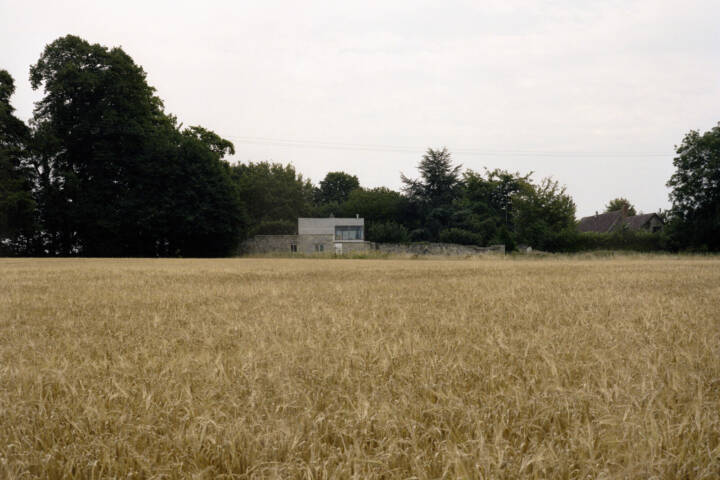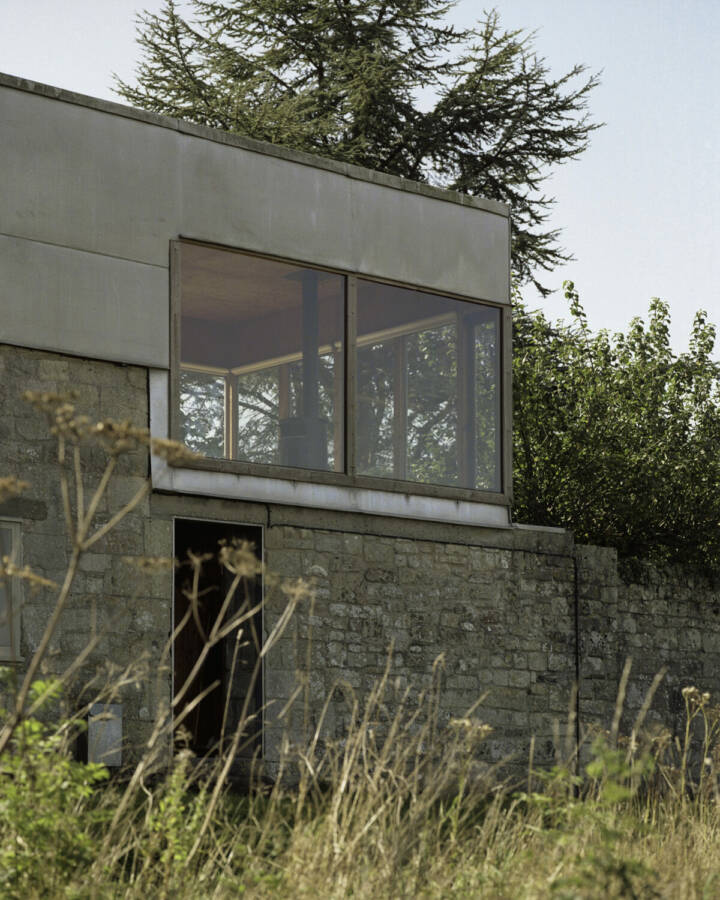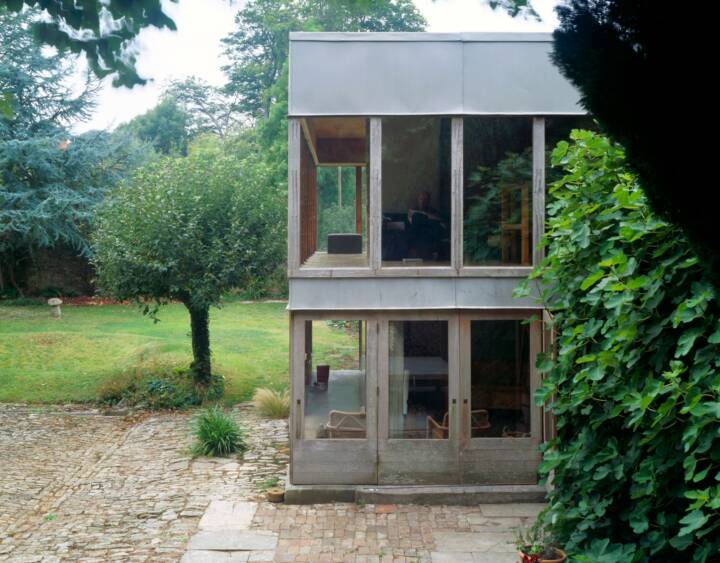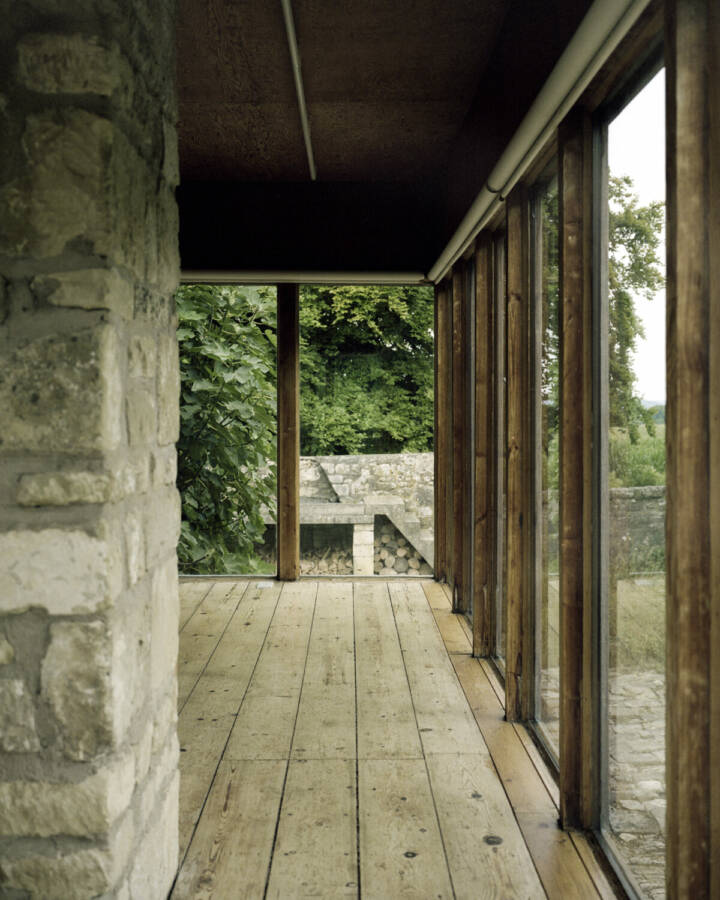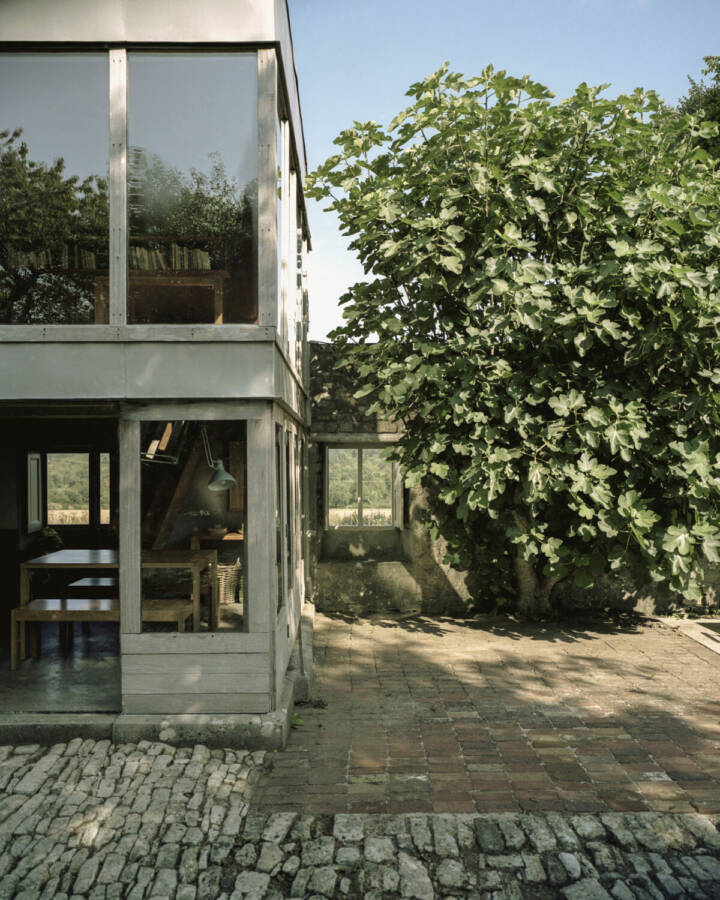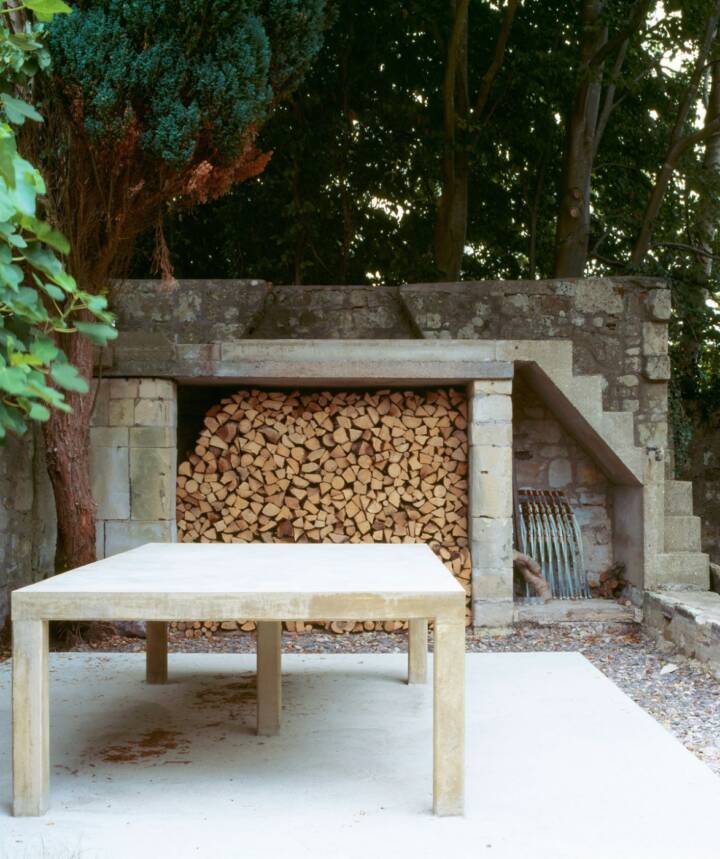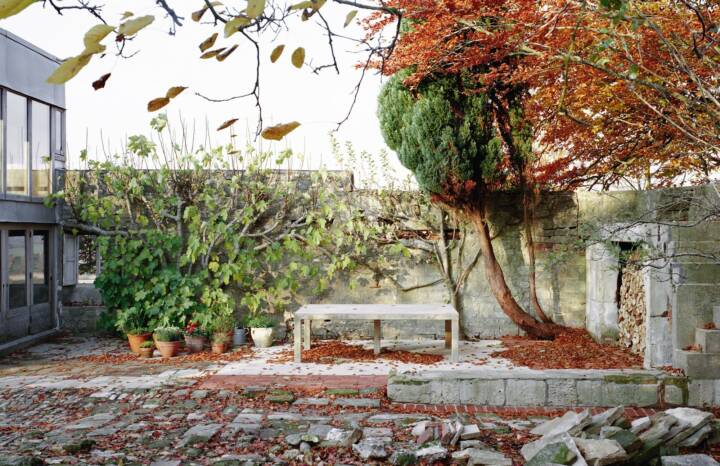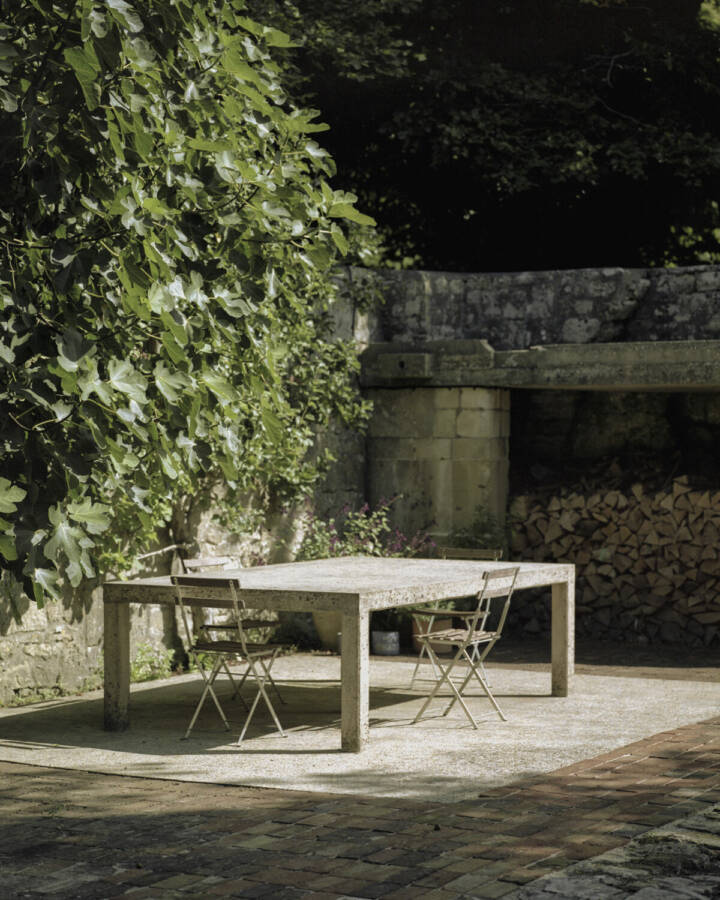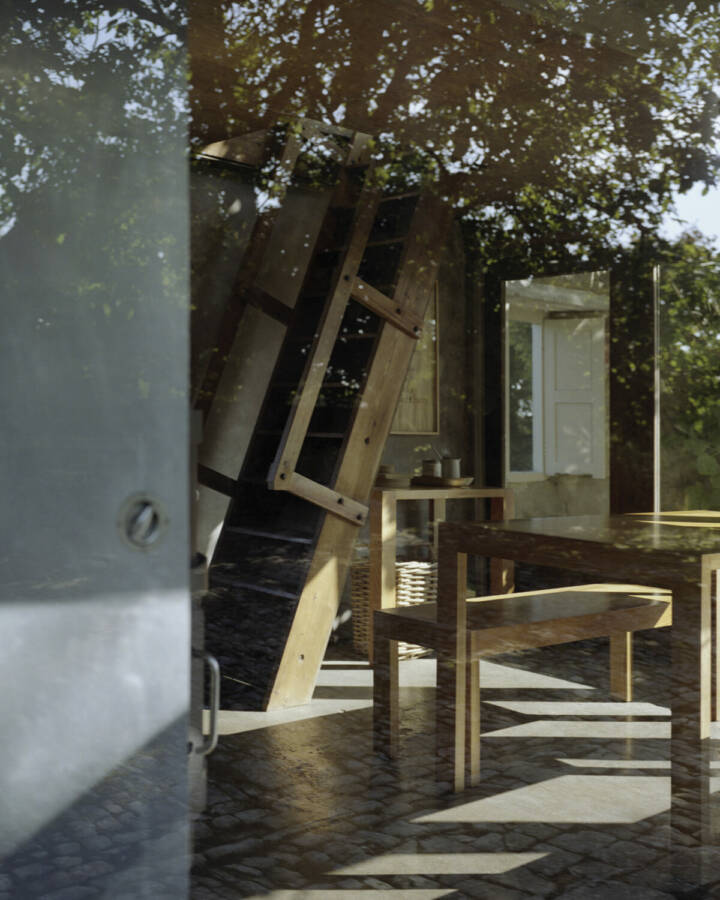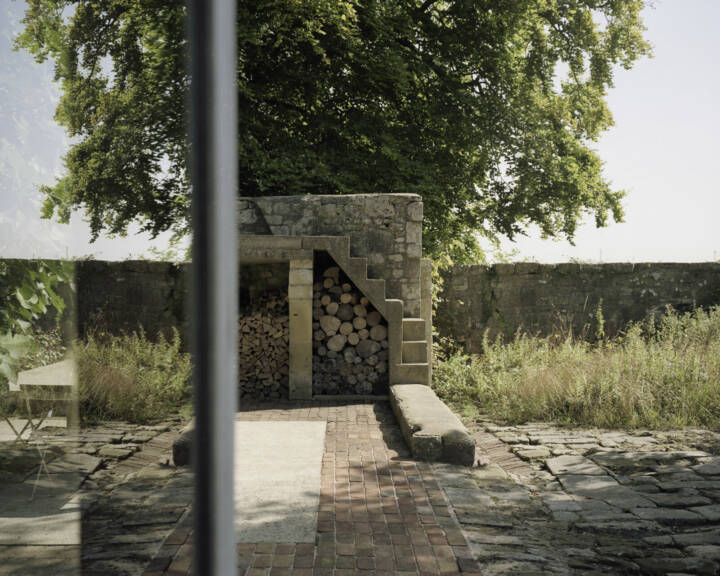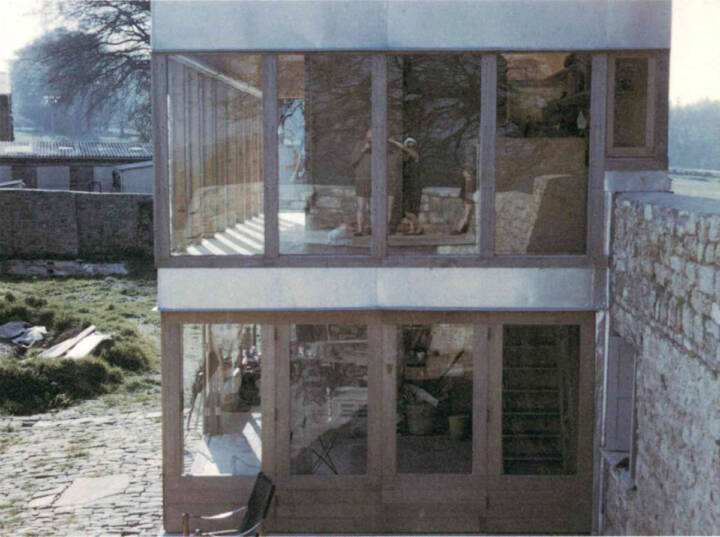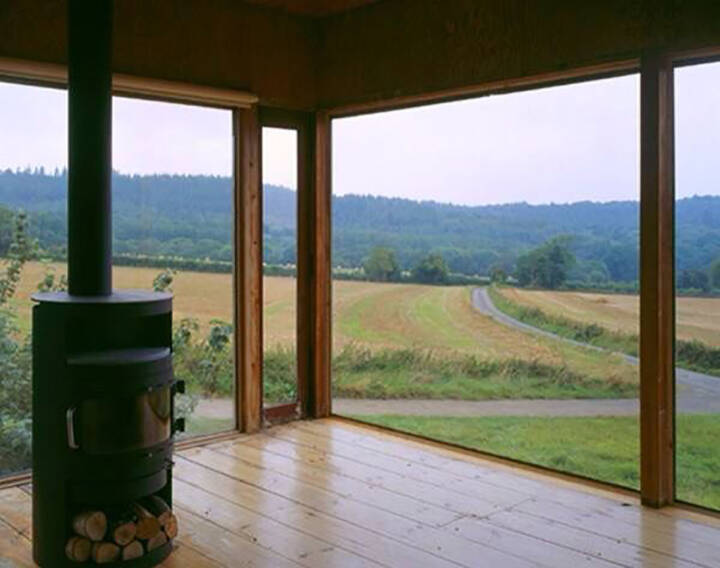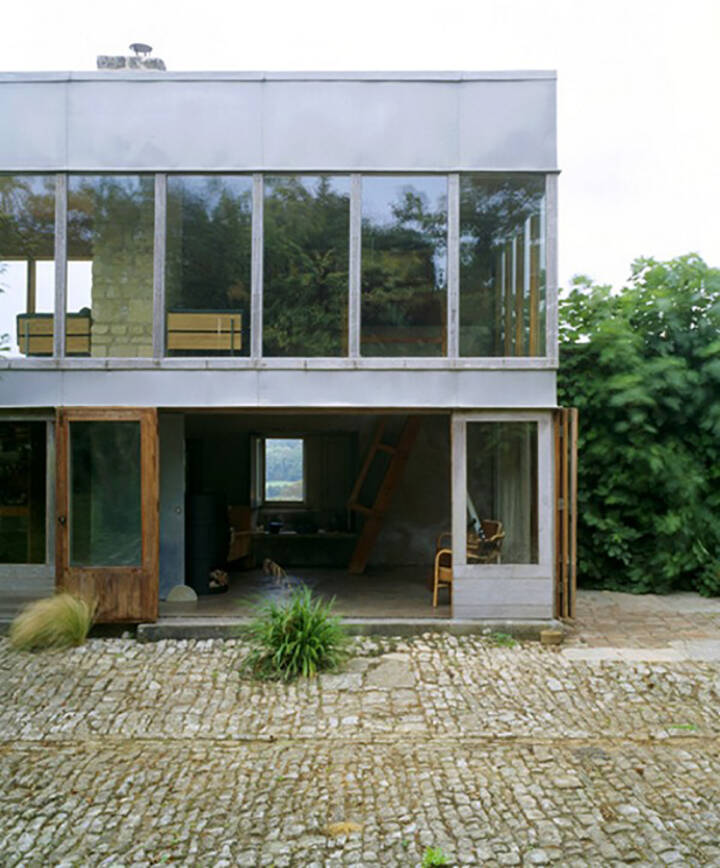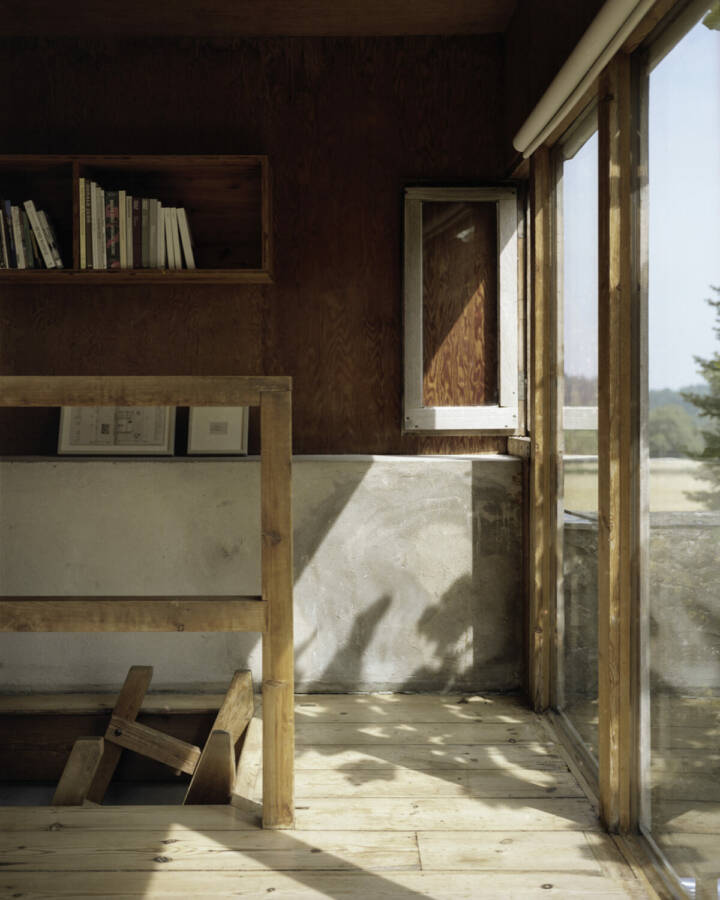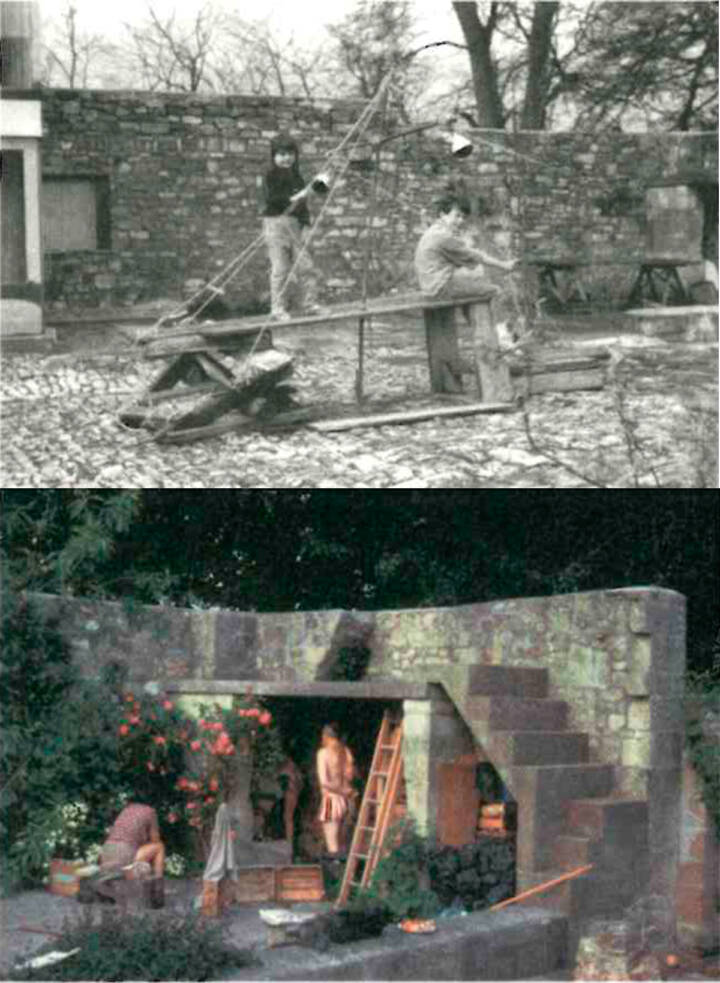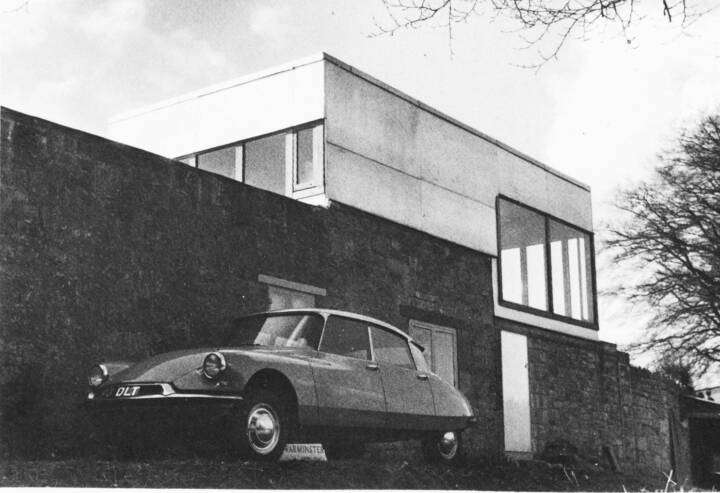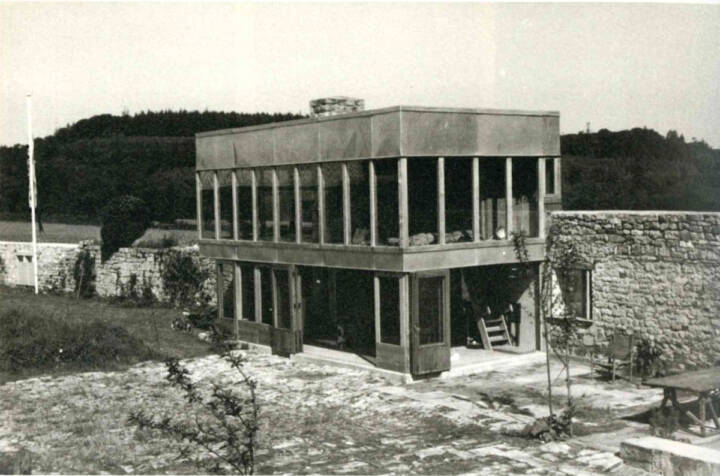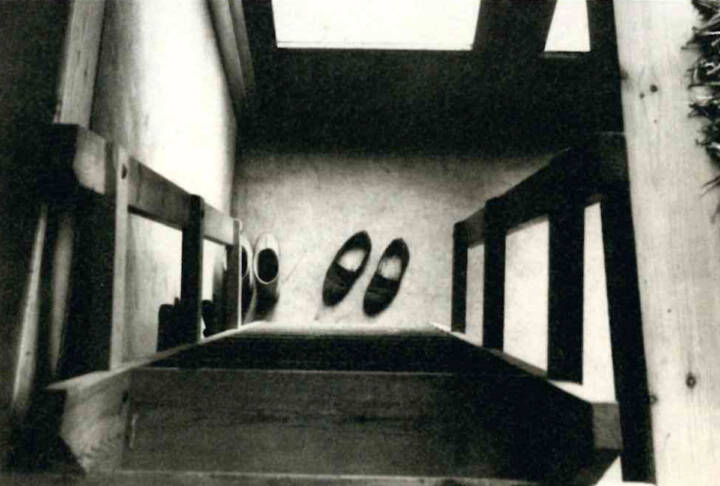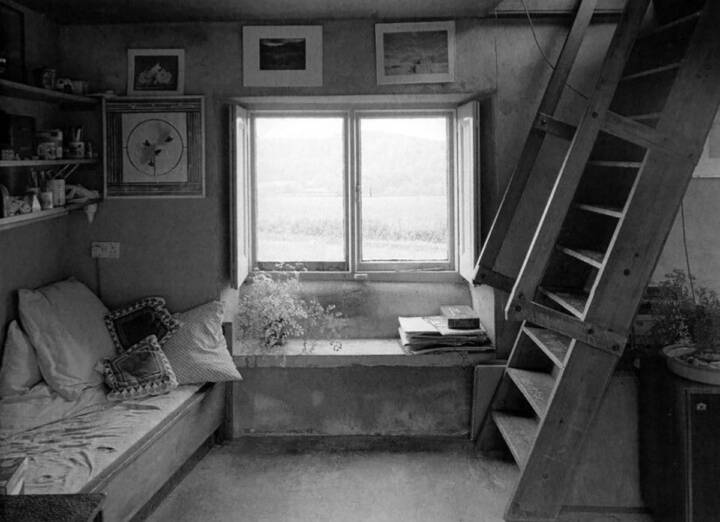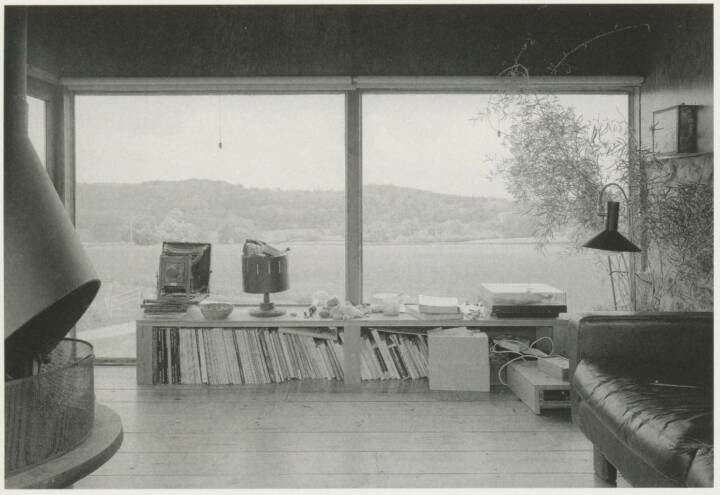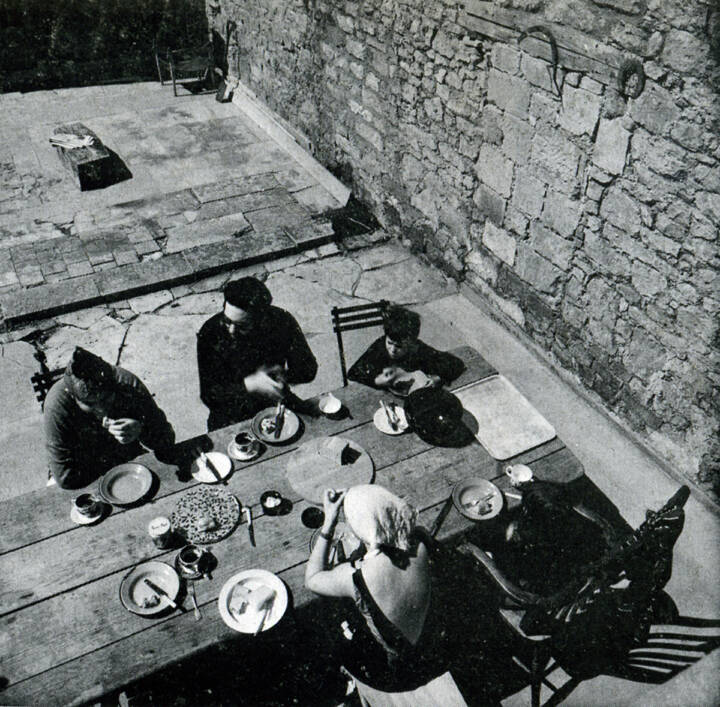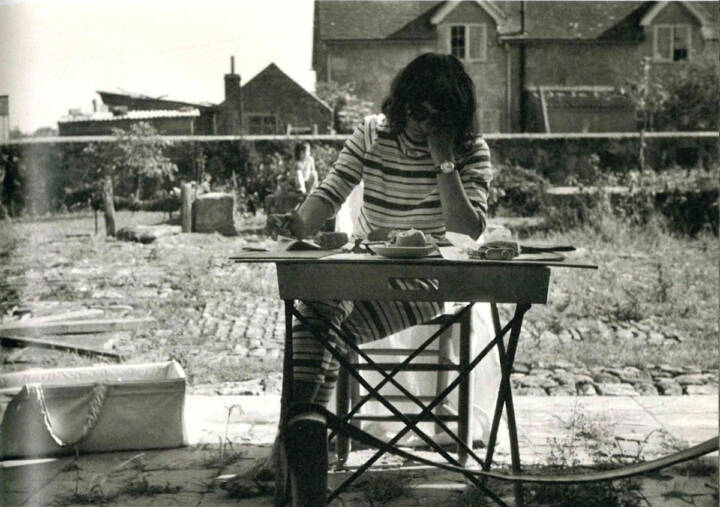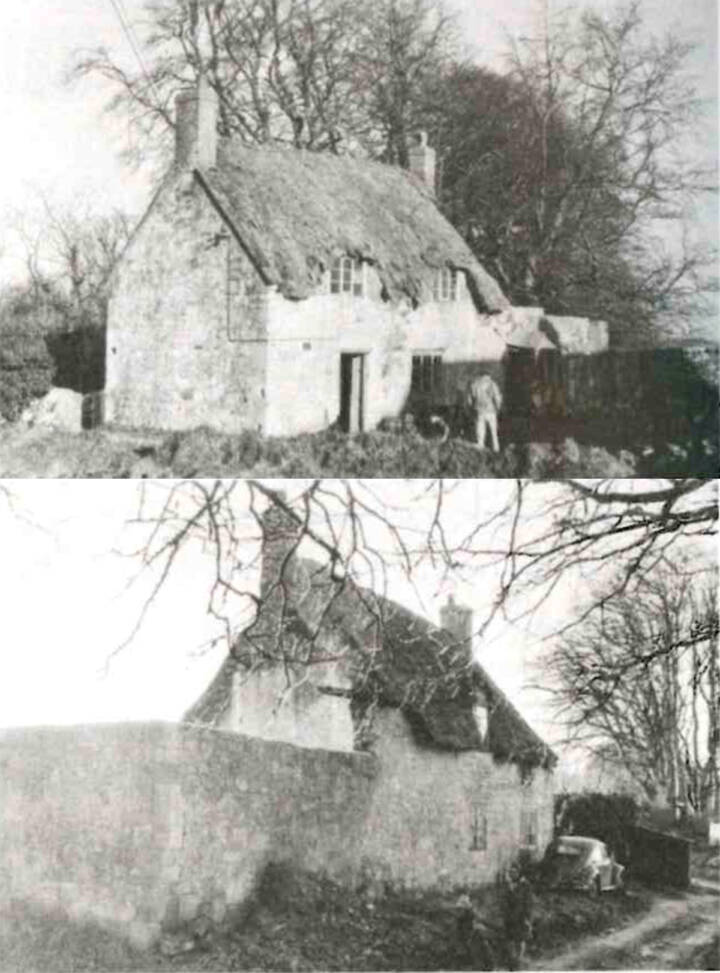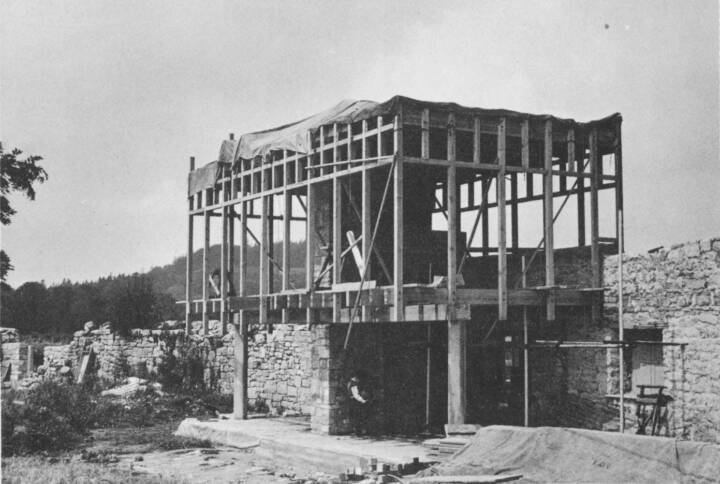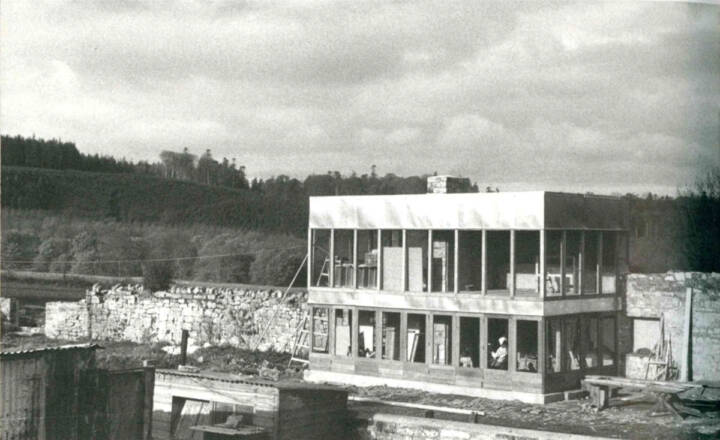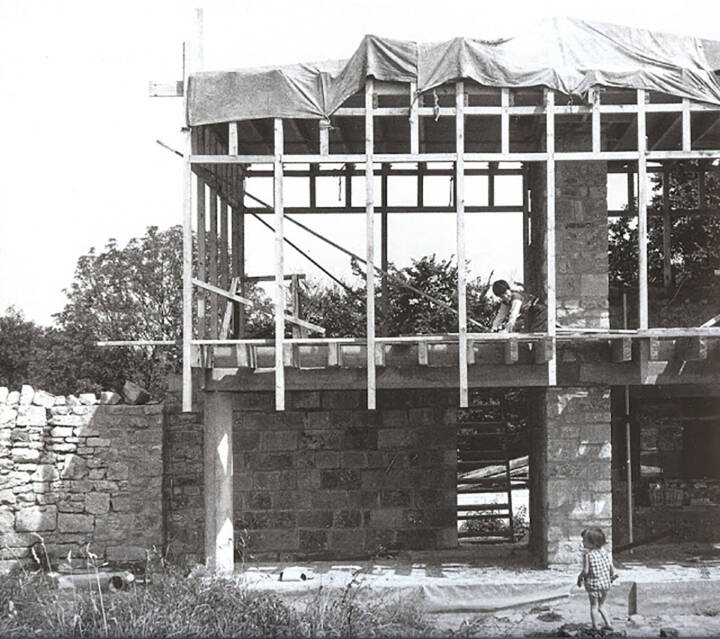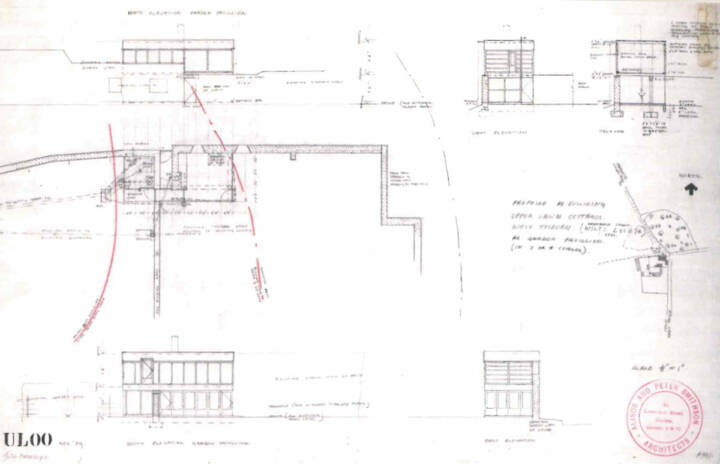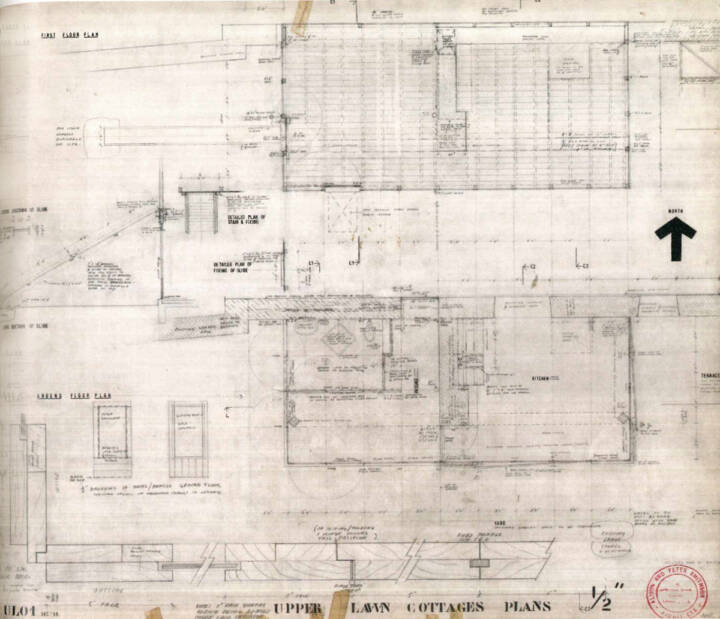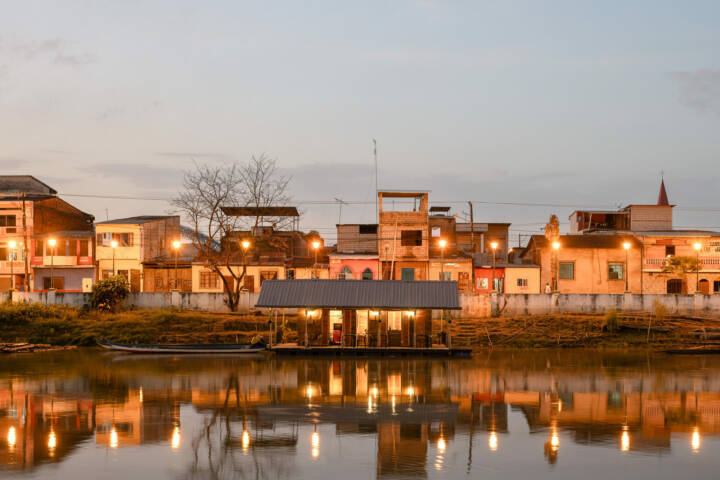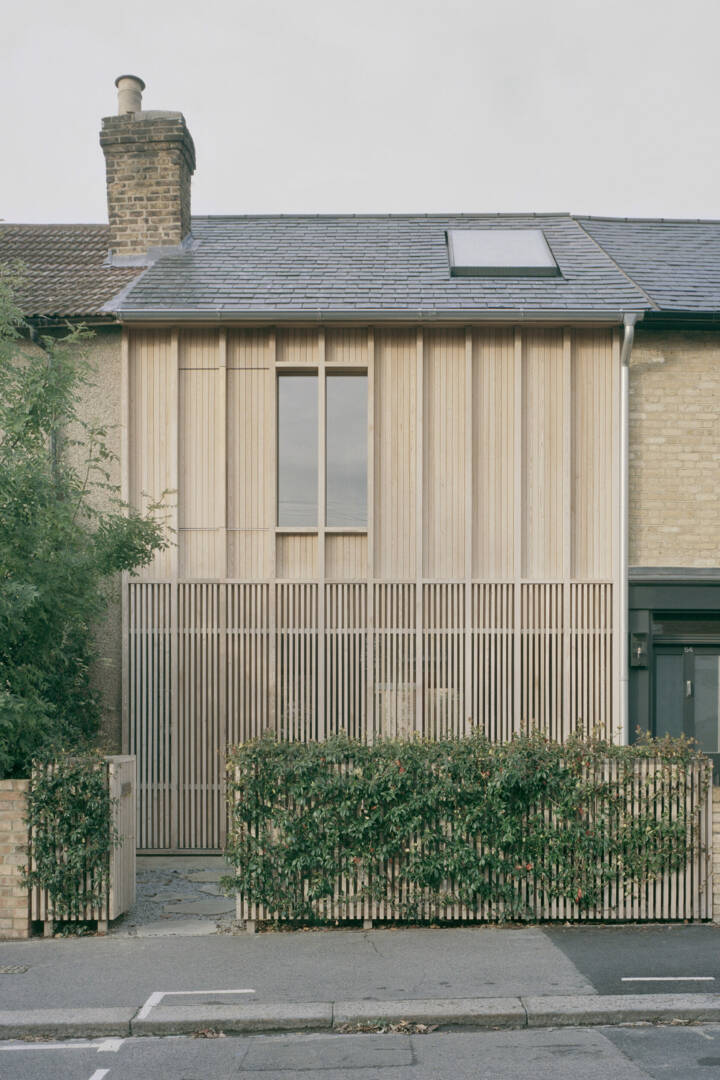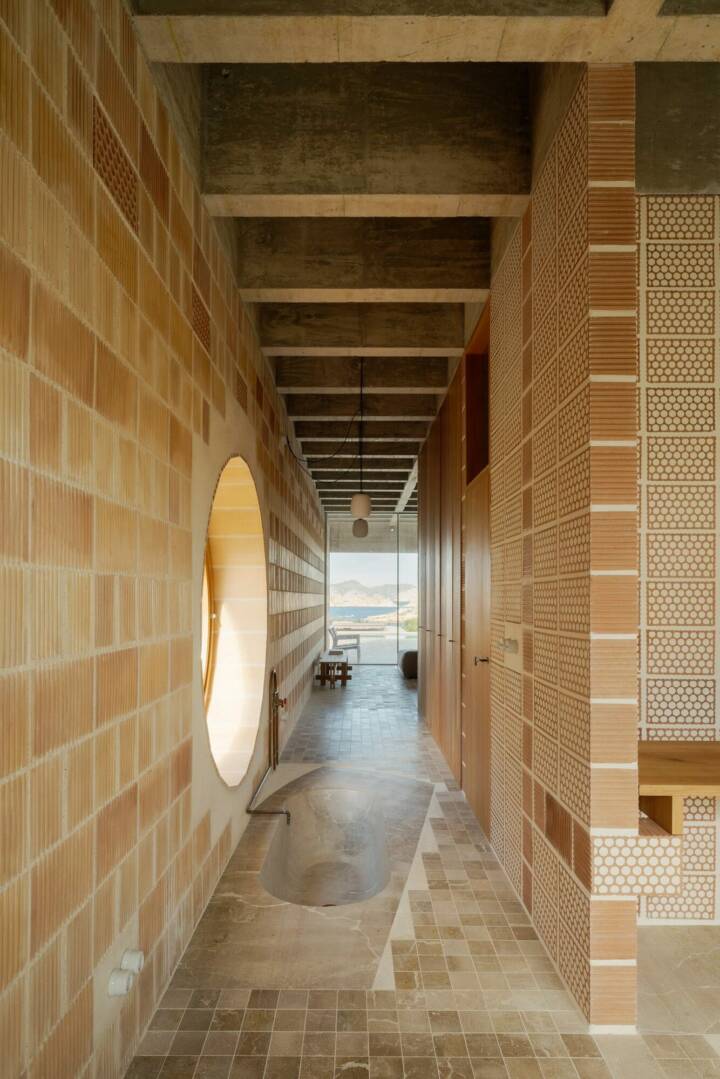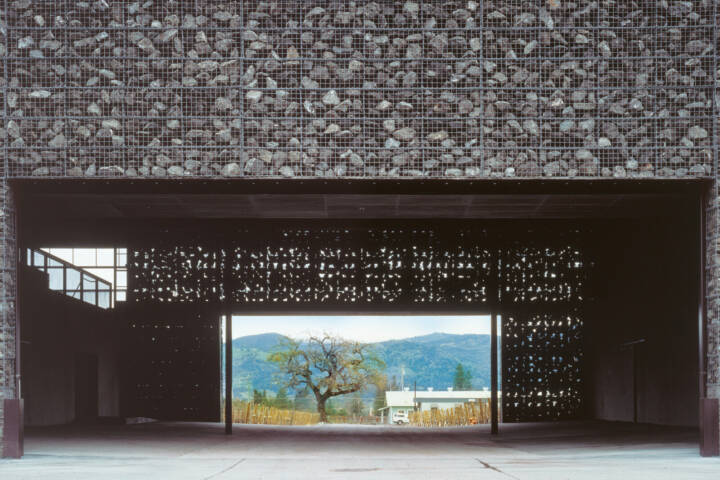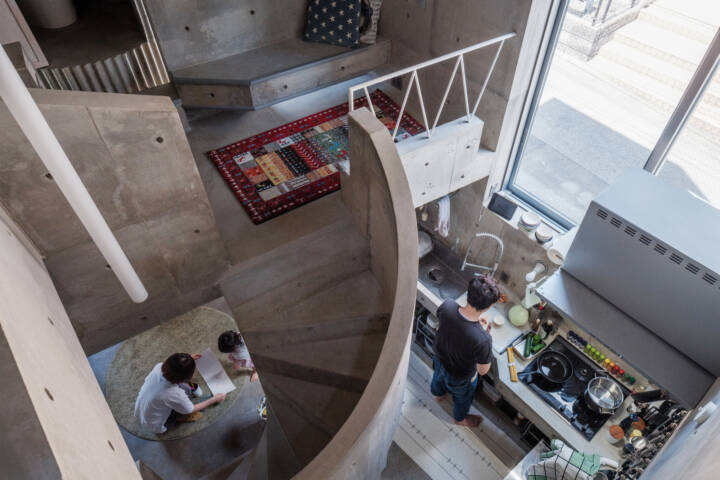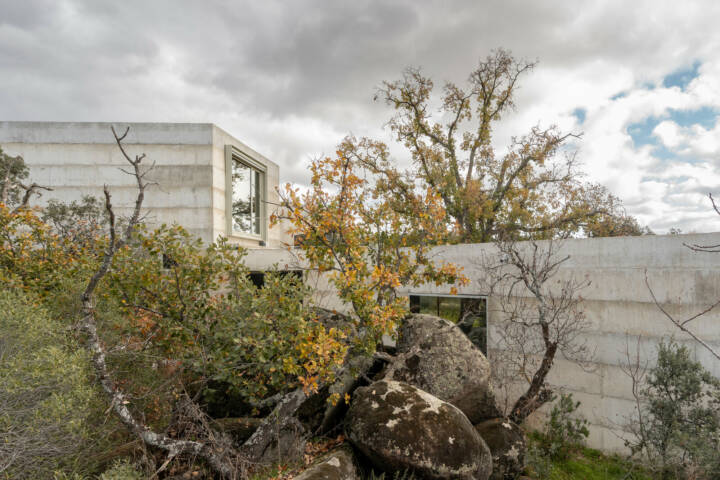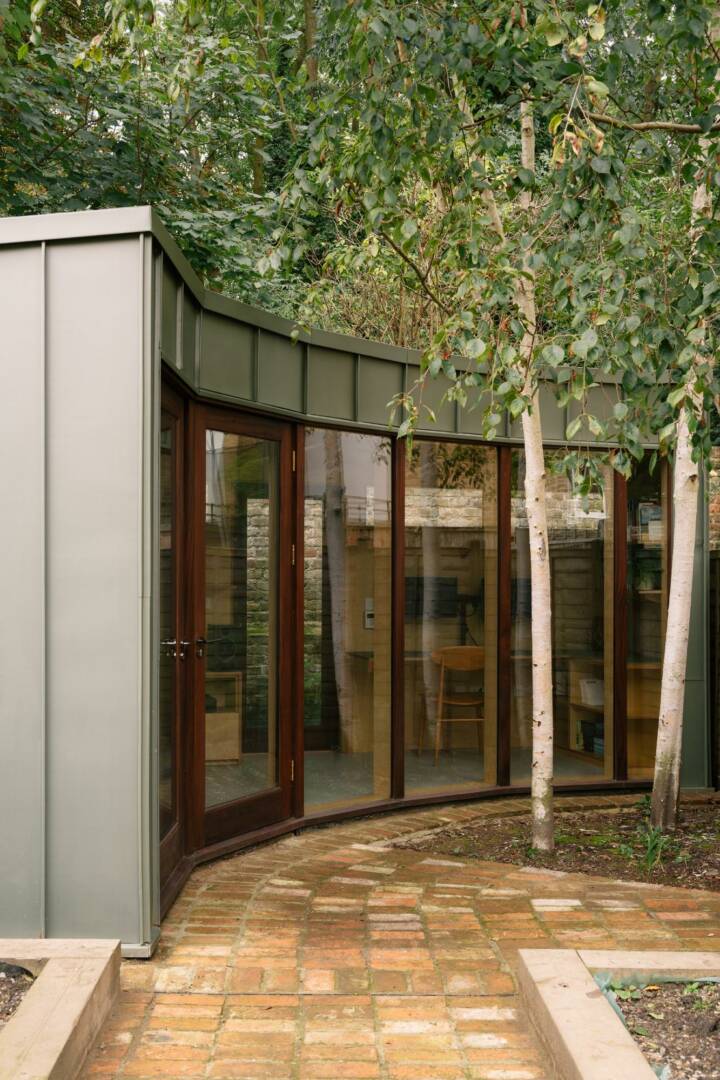Architects: Alison and Peter Smithson Photography: Smithson Family Archive Construction Period: 1962 Location: Fonthill Estate, United Kingdom
Between 1959 and 1962, the architects designed and built the low-cost pavilion on their property’s large walled yard. According to the original concept, the Upper Lawn Pavilion intended to be no more than a primitive hut with minimal comfort where the couple could escape from their daily lives and enjoy outdoor activities.
The existing cottage was pulled down and replaced with a new and modest pavilion, answering their needs for a weekend home. Of the original front façade, only one of the old chimneys was left intact to function as the center of the new pavilion.
The earliest sketch by Alison Smithson for Upper Lawn dates from 1958, showing that the ideas were formed before the purchase of the property. The construction intended to act as both a home and a testing site for methods and materials that the Smithsons felt would not yet be accepted in London, such as pitch-fiber drain pipes or polyester water tanks.
It was also to test the performance of materials such as high purity aluminum sheets which, if successful, they would then begin to use in work for clients. They sought to create a ‘climate house’ through the construction materials used and testing what solar gain could be achieved in a building with glazed south, east, and west walls.
Read MoreCloseThe new pavilion was conceived as a simple box on top of the existing garden wall. It contains an empty and open living space, providing a fabulous, panoramic view of the surrounding land.
The areas facing the yard are fully glazed, and the ground floor can be fully opened to the exterior space through large sliding doors. The elevation on the street side combines the existing stone wall with the contemporary materials of the new construction.
The pavilion’s hybrid construction fits with the interventions made. The structure of the box on the wall consists of a wooden frame clad with zinc. On all sides, its posts function as casing for fitted windowpanes. The frame’s wooden beams are put in the existing outer wall and supported on the inside by a concrete beam poured in-situ and anchored in the existing chimney wall, and, on both ends, by square columns placed at a 45-degree angle. This construction results in non-supporting ground-level façades, allowing for the teak sliding doors along the entire length of the garden façade.
The Smithsons sold the pavilion in 1982 but continued to consider it an essential chapter in their research and production. In 2003 the pavilion was renovated by architects Sergison Bates.
Text provided by the architect.
